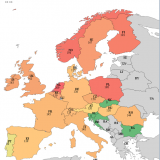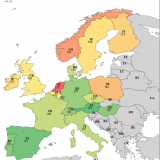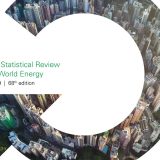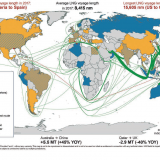With the current “EU Energy Outlook 2050”, Energy Brainpool shows long-term trends in Europe. The European energy system will change dramatically in the coming decades. What do current developments in the EU mean for electricity prices, revenue potential and risks for photovoltaics and wind?
Continue reading








